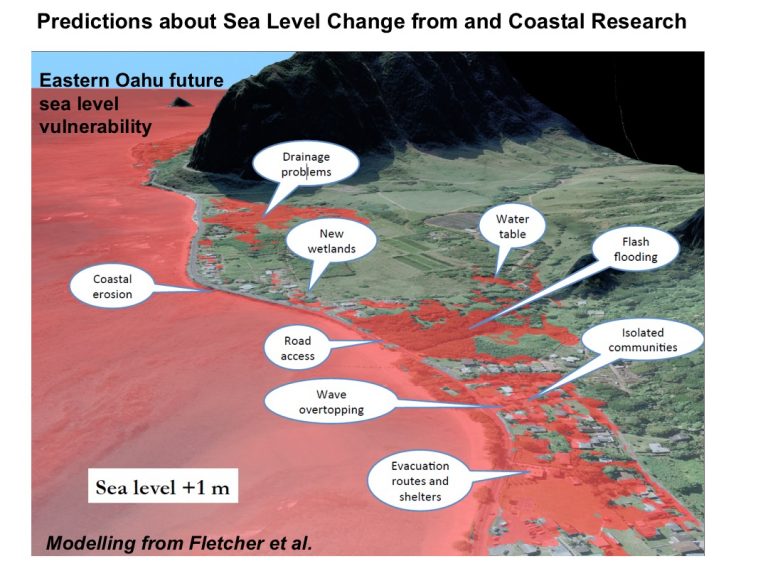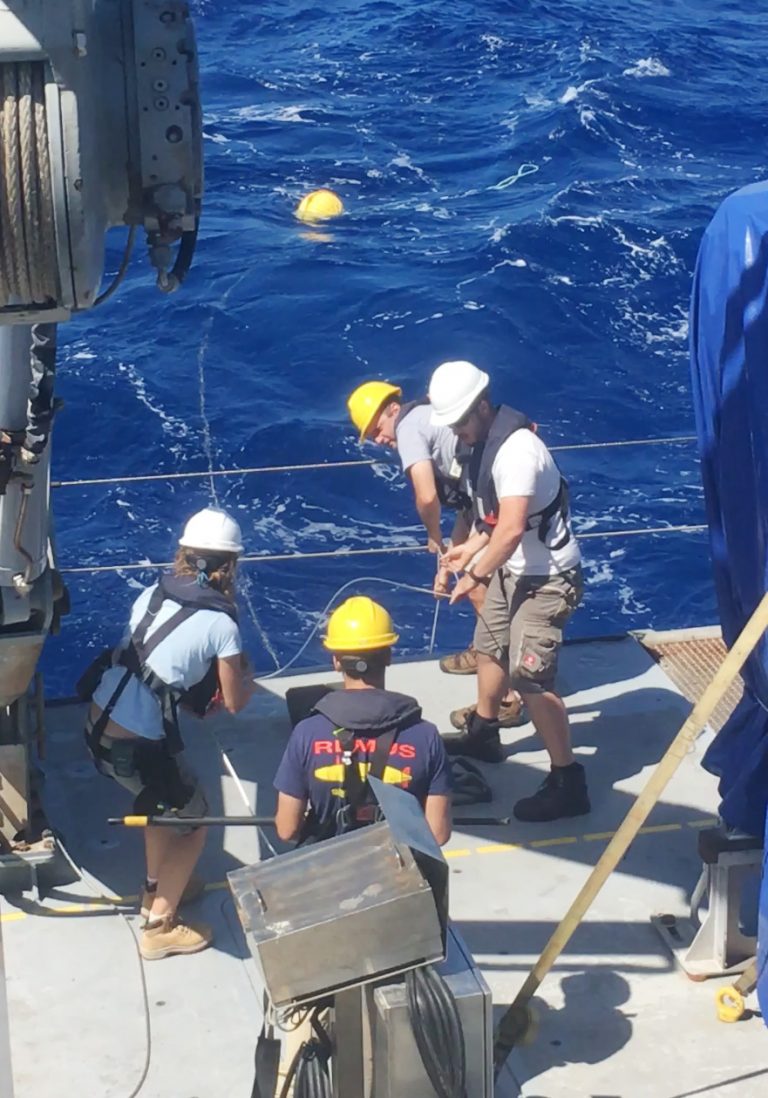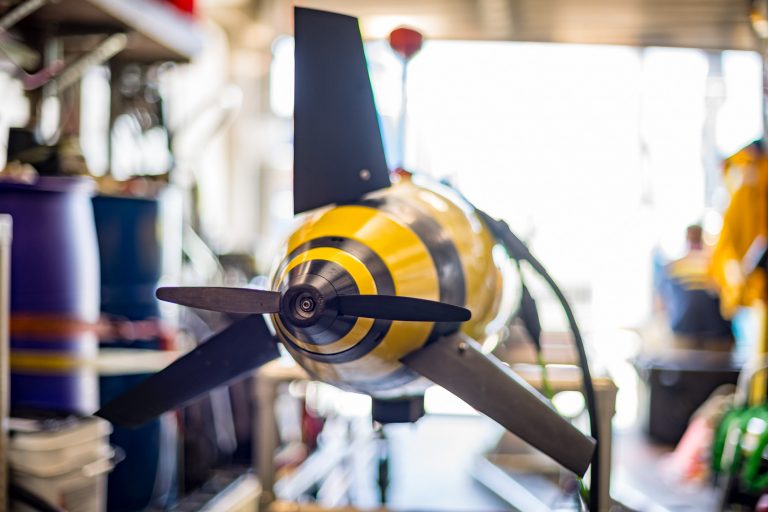Can ancient coral help predict sea level rise in the future? As variability in our climate continues to take place, one of the most pressing concerns for communities living near the ocean is sea level change. Sea level rise has been occurring for many years yet the rate of rise has increased recently. How will these communities be impacted in the coming years?

Expedition Goals
Current models vary in predictions regarding how much sea level change will take place in various locations around the globe. This includes not only the total amount, but at what rate the change will take place. How can we better predict the rate that sea level will change in the future? Can we enable more accurate predictions of sea level rise? Is it possible to find a more accurate method to predict sea level rise through studying the current environment?

Aboard the R/V Falkor Dr. Ken Rubin and his team plan to gather data to help answer these questions. They will utilize an array of underwater tools and analysis of samples to determine the types of coral that were growing in this area up to 20,000 years ago. This will allow the team to better understand the rates of sea level rise, regional variations, provide comparison of the Hawaiian Islands to other parts of the world, and hopefully be able to predict what to expect in the future. The location of the research provides an excellent reference point for sea level rise as the Hawaiian islands are less affected by bathymetric changes over time.
Gathering the Data
The process of gathering this data will be done in two steps. First, high resolution mapping (sub one meter) will be completed using autonomous underwater vehicle (AUV) Remus down to depths of 140 meters (462 feet). The second step will come during leg two of the expedition, using Schmidt Ocean Institute’s new remotely operated vehicle (ROV) SuBastian. The ROV will enabling the science team to collect video and samples of coral that will be interpreted for species type and indications of sea level change. In order to determine the age of the coral, age-dating analysis of the collected samples will then take place utilizing mass spectrometers.

Putting all of the data together including the coral samples and underwater mapping, will give a reef-wide analysis allowing the team to interpret how the sea level changed at various locations around Hawaii. Coupling this with environmental changes will greatly enable the science teams ability to look to the future and have a better understanding of how to predict sea level change.
The ship is buzzing with excitement as we start day one of the expedition, accompanied by a very talented group of scientists and crew!

